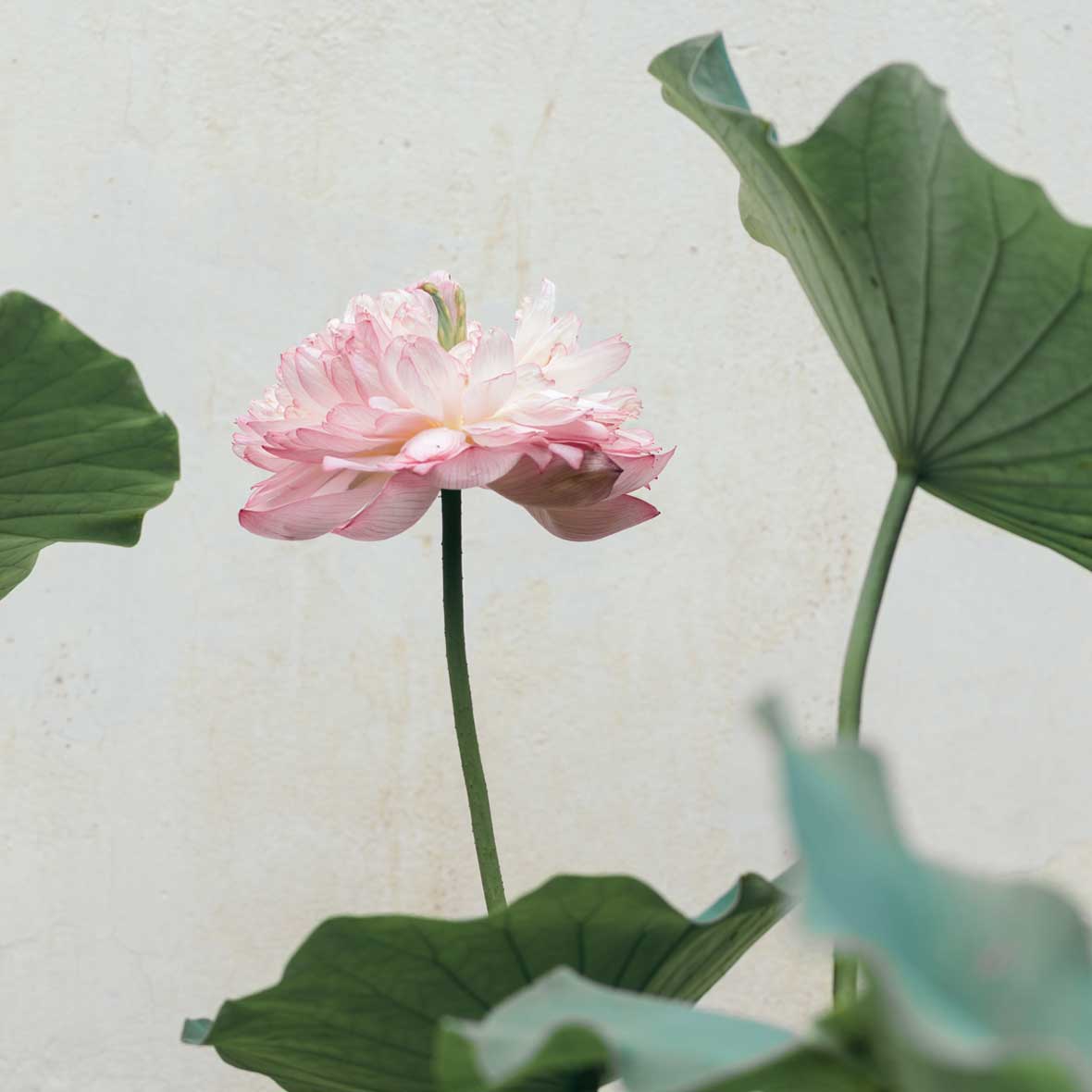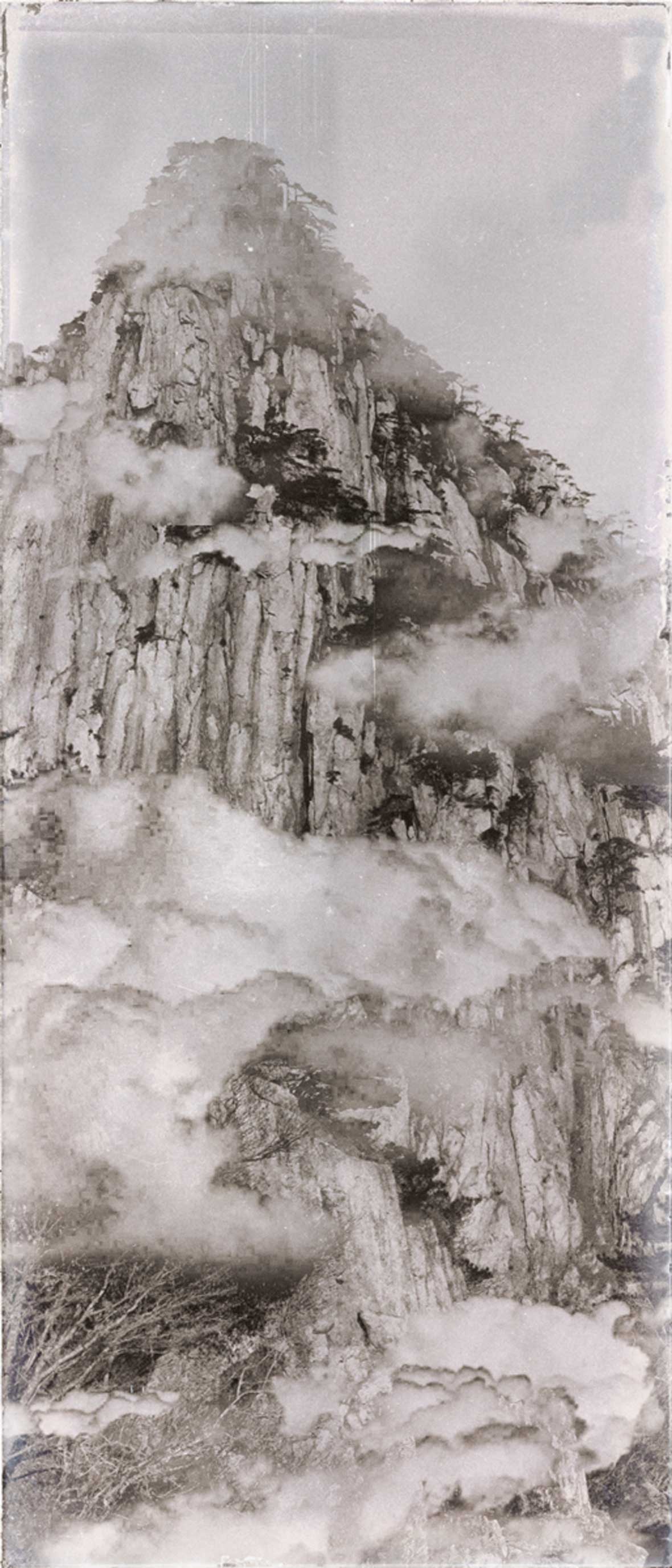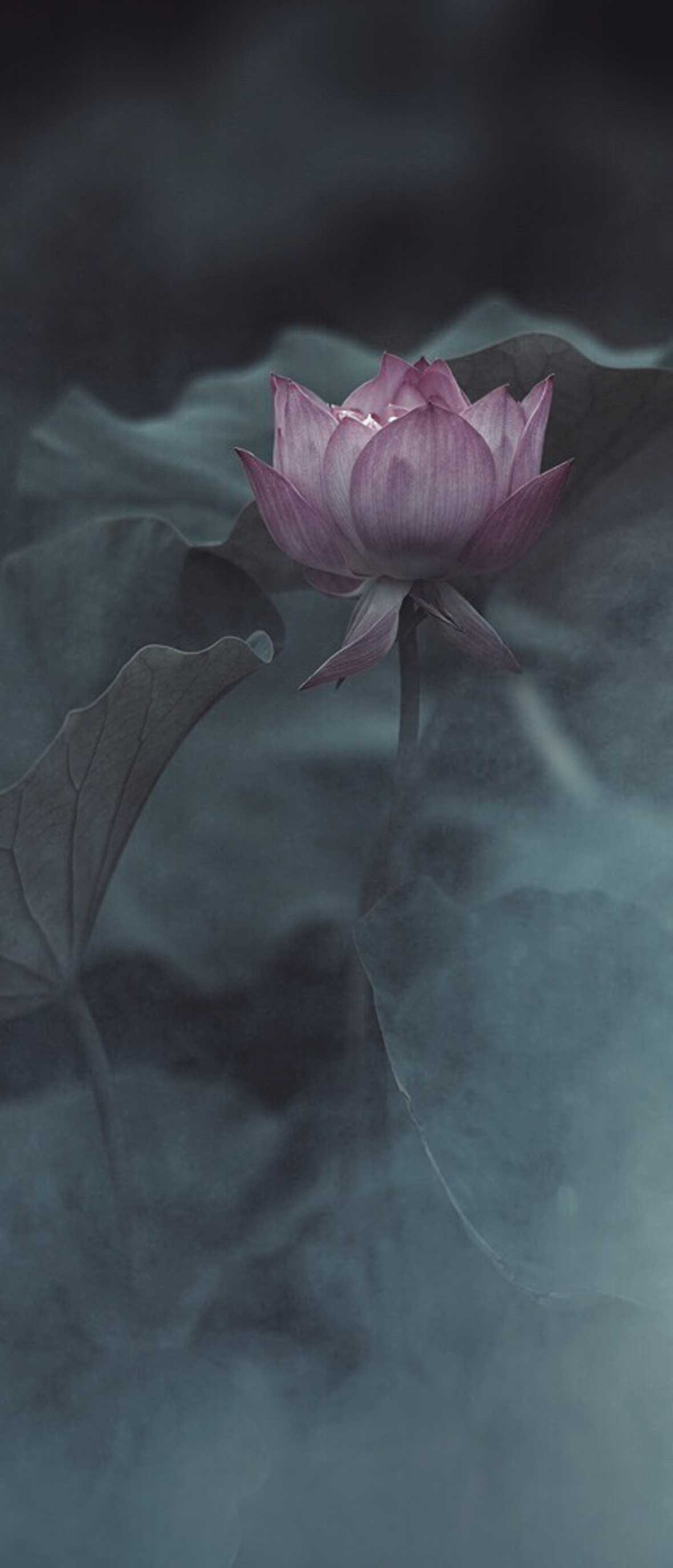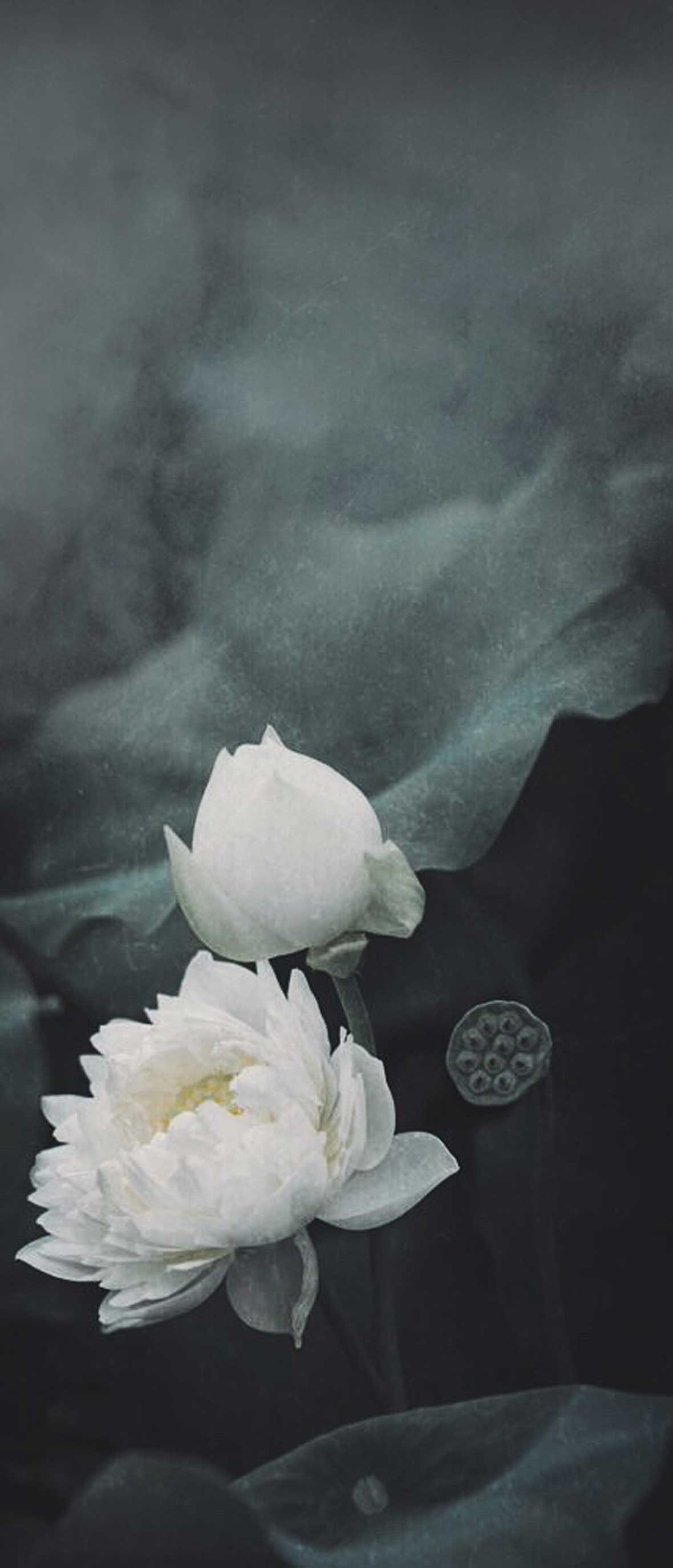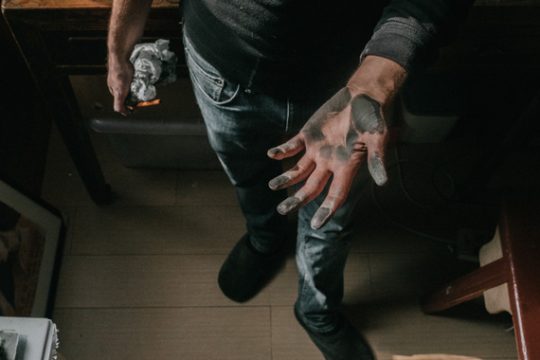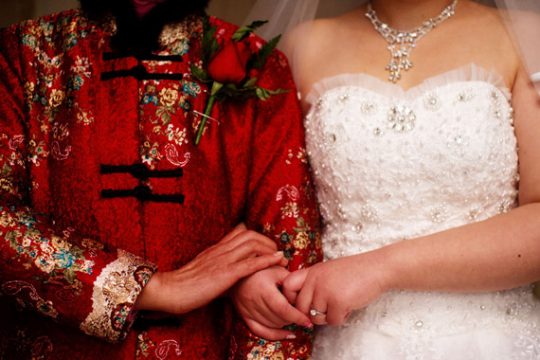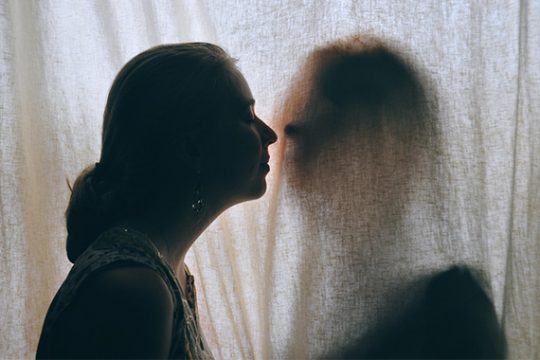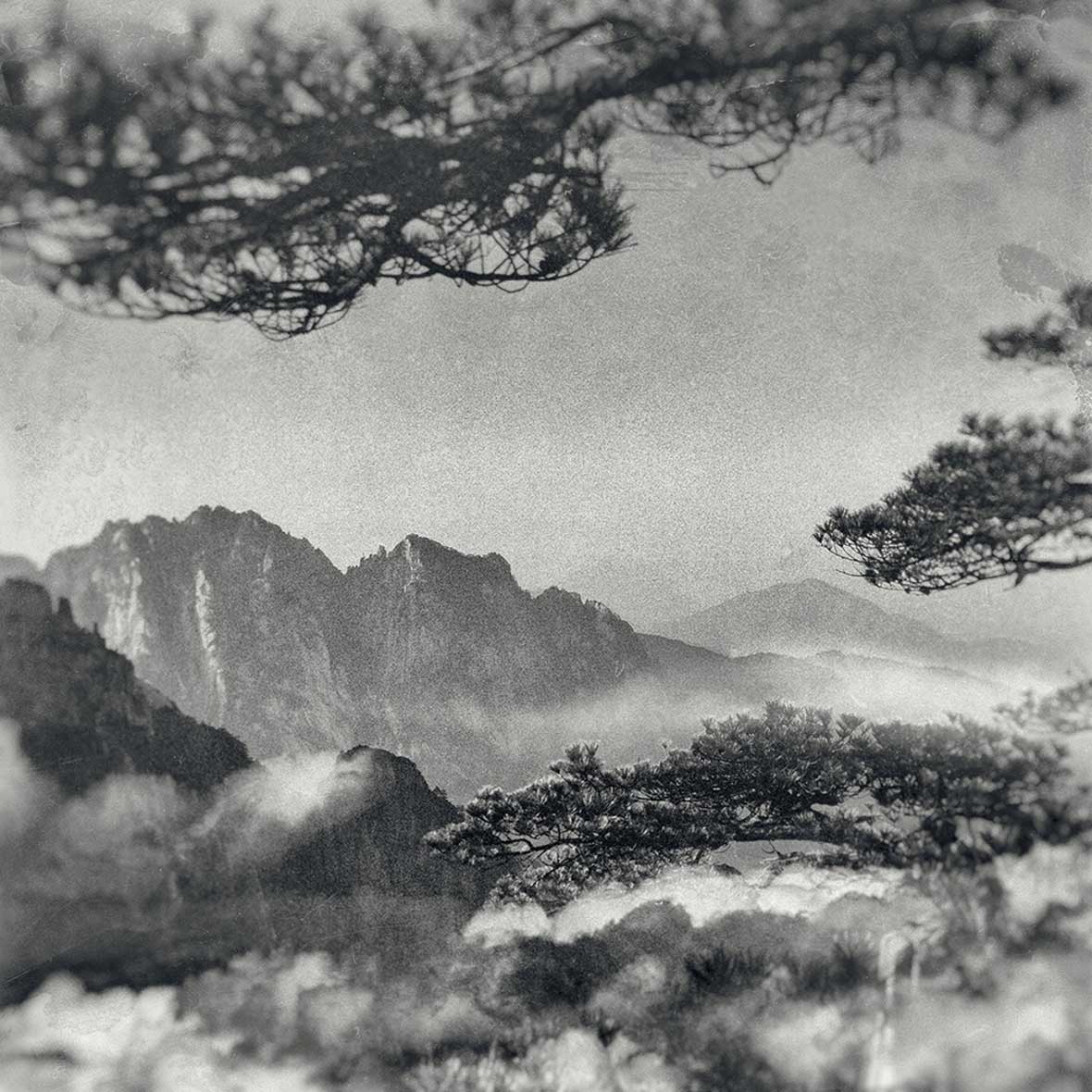
The creations of Han Chenxu often leave an observer wondering if they have chanced upon a series of hyperrealistic paintings or surreal photographs. Chenxu describes himself as simply an ordinary person who works at an ordinary job, but with an innate liking for photography. “Initially, I was aimless and experimented with a simple camera. I remember my first camera was the Olympus μ [mju:]300 DIGITAL. As time went on, I gradually began to learn my way around the camera. Soon, it seemed like photography had simplified before my very eyes and the repetitive process filled me with a sense of urgency to create outside of the box.”
韩晨旭的作品经常让观者疑惑,他们看到的是超写实的绘画还是超现实的摄影作品。韩晨旭讲他就是一个干着普通工作的普通人,但是天生就热爱摄影。他说:“记得我第一台相机是奥林巴斯μ(mju)300,那时候只是握着相机漫无目的到处拍。随着拍摄量的积累,感觉自己的拍摄过程渐渐显得单调又反复,叫我意识到是时候做一些改变和新的尝试了。”
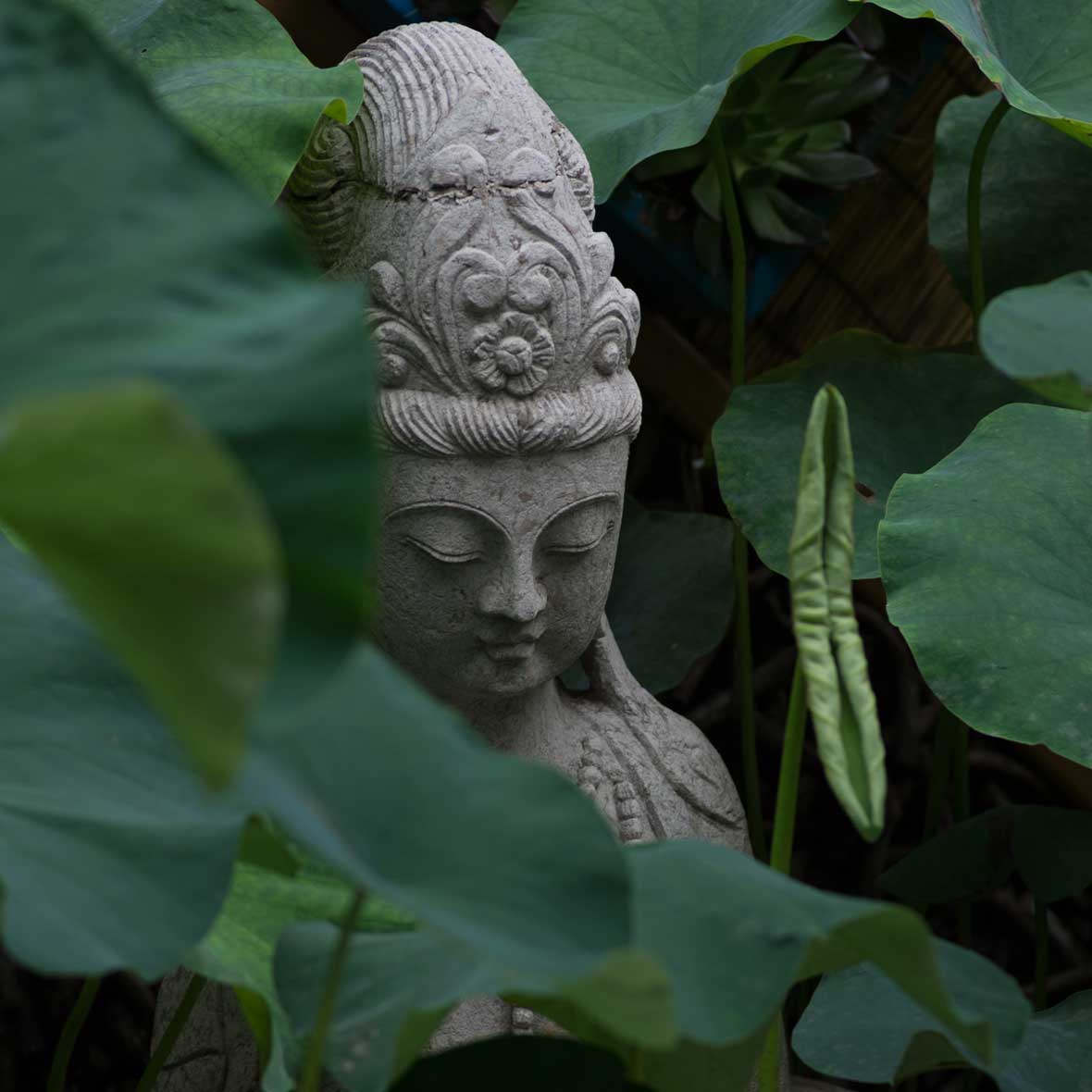
Before Chenxu began to observe Chinese-style paintings, he felt that he was not particularly driven to broaden his senses or ideals. With a genuine lack of overall direction, his creative journey was filled with detours as he attempted to hone his artistic vision. Serendipitously, Chenxu stumbled across a WeChat article that detailed differing photography styles of various countries from across the world, including Japan, America and Russia. But he found that there was no distinctive Chinese style of photography. There were no clear influences or representatives. Even with the emergence of photography greats such as Lang Jingshan or new wave photographer Sun Jun, he still felt that when it came to photography, there wasn’t a true pioneer of an aesthetic that could be considered Chinese.
在韩晨旭开始研究中国画前,他一直处于摸索的状态。那时候也没什么条件和意识去搜索有关这方面的代表人物及作品,让他走了很多弯路。他无意间看到有篇微信公众号的文章提到摄影风格的划分,这包括了日系、美系、俄系,但他发现中国的摄影却没有一个代表;纵然前有郎静山这样的大师级人物,现有孙郡这样的青年开拓者,但真正形成一个大范围影响的却少之又少。
Stylistically, Chenxu states that Chinese paintings carry a heavy contrast with a characteristic emphasis on using negative space. “Artists manage emptiness with intention, adhering the same care and attention that they would give to the focal subject. If one were to paint a school of fish swimming through cascading water, the fish might be painted in black and the water would simply be blank negative space. This makes it so that the placement of each subject becomes of utmost importance, in order to ensure that the observer can feel the moment in motion,” he says. “Negative space is essential. It’s the subtle implications that lie in the words unspoken. It’s about looking beyond the surface. It’s supposed to be freely interpreted and carry an infinite number of meanings.”
绘画风格上,韩晨旭说国画讲究计白当黑,强调运用空白。“对留白经营很用心,把其当成画的部分,费等同的心思去考虑。例如画游鱼戏水时,鱼身是黑,水便是白。布置鱼群成了关键,讲究位置合适,让旁观者感受到环绕鱼身的流水,引起对水的联想。这样的留白绝非可有可无,更是言外之言、物外之趣,意味无穷。”
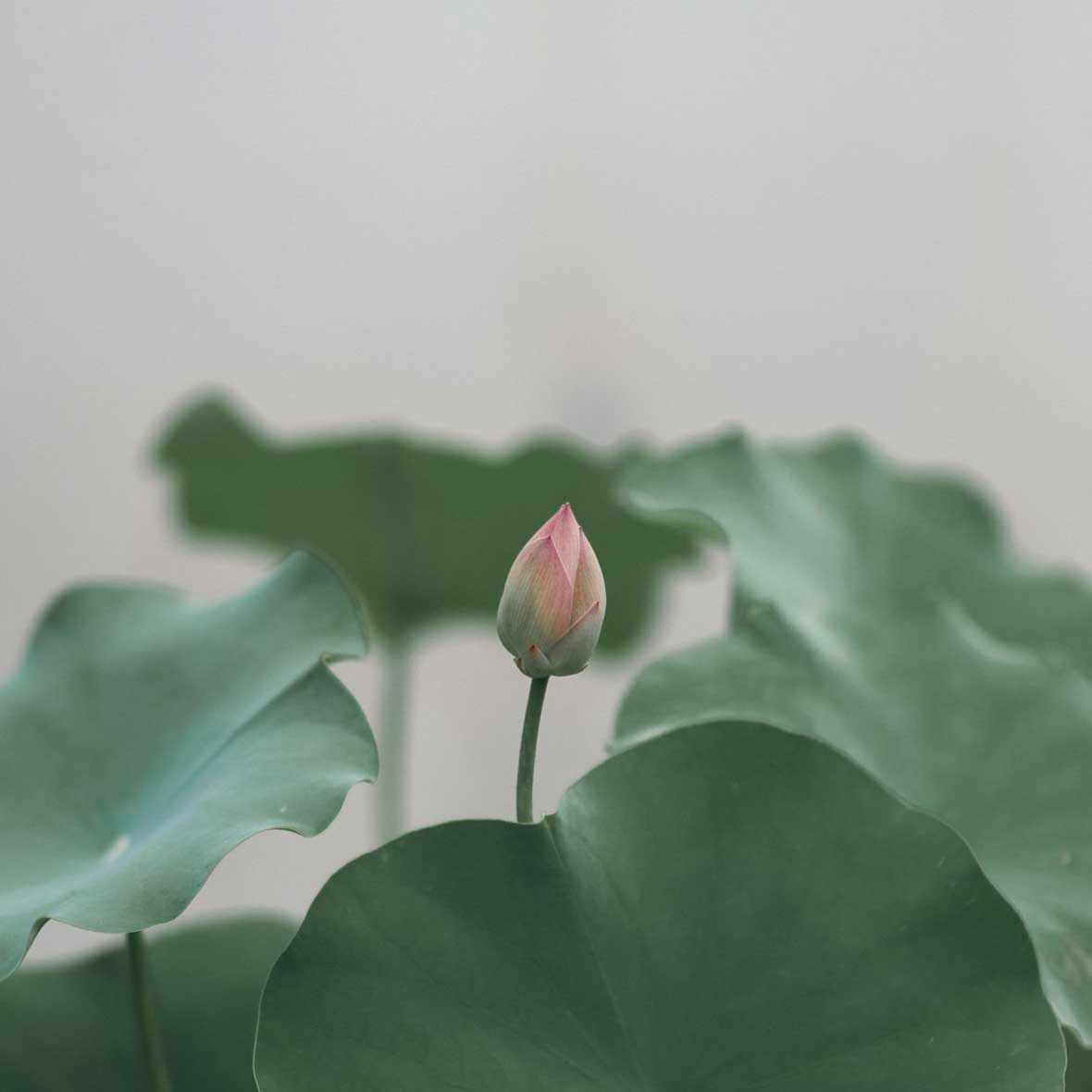
Despite having no theoretical knowledge of photography, Chenxu had always believed that painting and photography were inextricably linked, with both mediums utilising a two-dimensional plane to create art in a three-dimensional space. “I began to wonder how I could play with shapes and create a photo that would represent my subject’s true colours. More often than not, my photographs become a reflection of my thoughts – they wholly influence how I capture and edit my photographs.”
尽管韩晨旭没有理论性的摄影知识的,他一直认为绘画与摄影有着千丝万缕的关系,都是以二维方式展现三维空间的艺术。“我开始思考该如何让一张照片展现出国画那般的气韵生动、应物象形,又该如何让照片里的主体随类赋彩。很多的时候只是凭自己的直觉去拍摄和处理。”
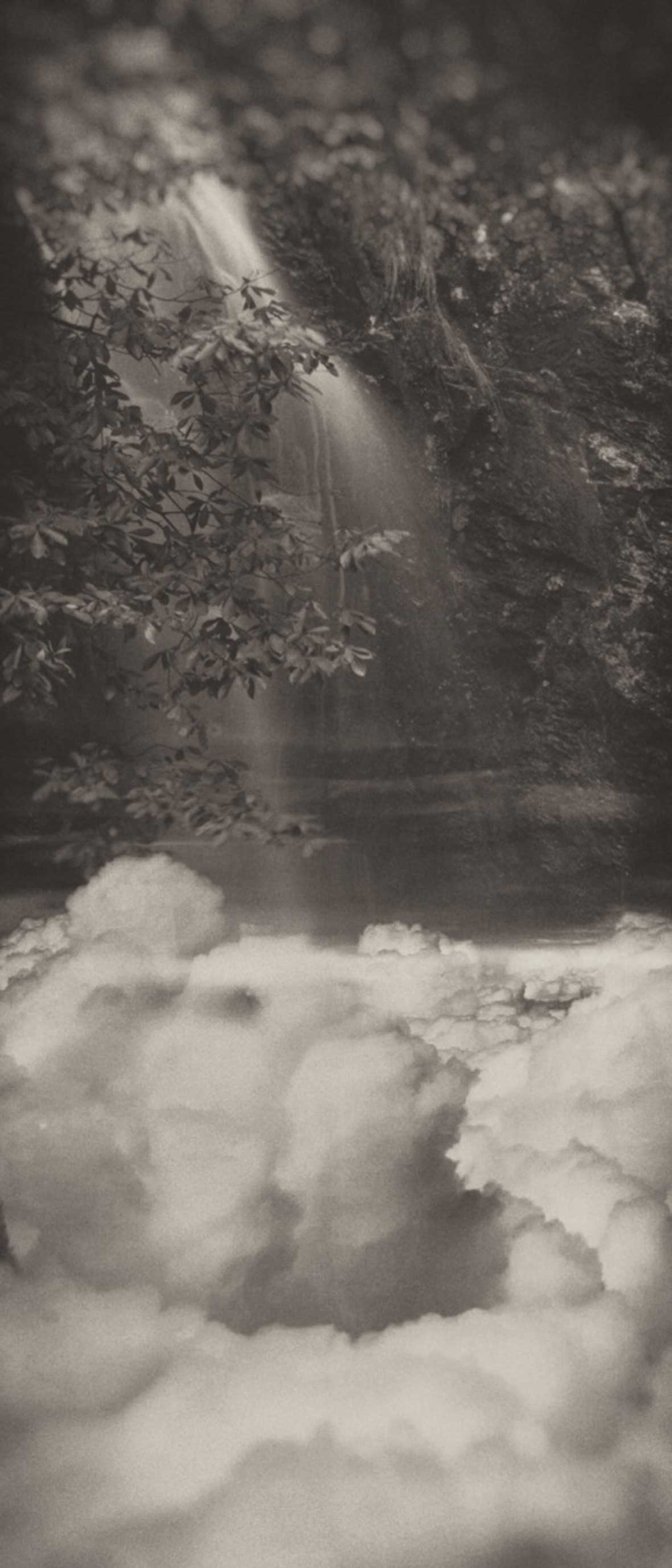
“I find that I draw a lot of inspiration from this traditional painting style, especially when I‘m photographing subjects like lotus flowers. I take everything into account, from composition to shutter speed, to ensure that I achieve a hazy mood, which allows my photographs to appear dream-like and understated. Contemporary image post processing adds another dimension, allowing my photographs to become as multidimensional as a traditional Chinese painting, fluid yet cohesive.” Chenxu cites that the empty spaces within each of his photographs pay homage to the nuances of Chinese paintings and he’s still constantly looking for ways to create more images that he can be proud of.
“当我在拍摄像荷花为主题的作品时,借鉴了国画中的表现手法。从开始构图、拿捏快门速度实现照片的简洁和朦胧,到借助现在数码暗房的处理,力求画面开合争让,有开有合。” 韩晨旭照片中较大面积的留白就是为了营造这一画面效果,竭尽创造满意的摄影作 。
